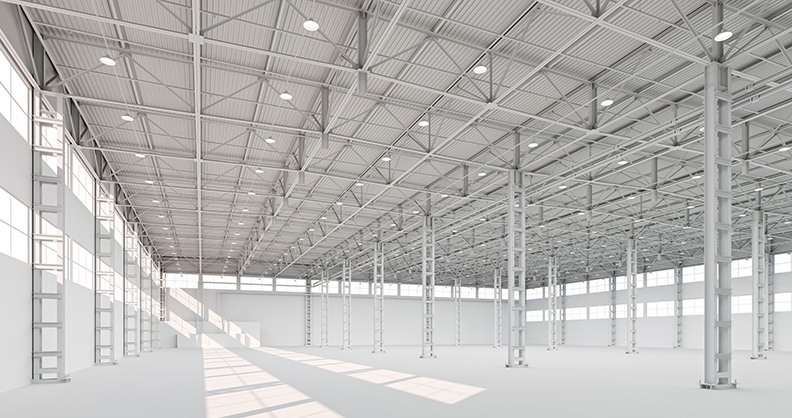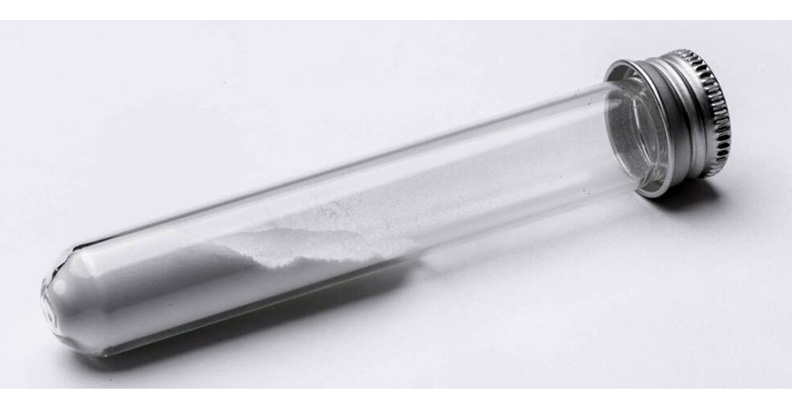
Merger and acquisition (M&A) activity in recent years has redefined the players in the orthopedic contract manufacturer market. Well-known manufacturers have become integrated brands of larger companies; others have been purchased by new market entrants for their orthopedic expertise and customer base, and others for a specialized capability. Increased contract manufacturer M&A activity, which we’ve heavily chronicled in recent years, will continue, according to manufacturers themselves, investors and M&A advisory firms that we’ve consulted. (Click on the image for an infographic depicting contract manufacturers’ purchases of other contract manufacturers.)
M&A Drivers
The M&A trend is largely driven by a good economy and the need for companies to add capacity or capabilities. As device companies have scaled to meet the demands of hospitals, so too have contract manufacturers in order to meet device company needs. In thinking about contract manufacturer M&A in 2020 and beyond, we asked Larry Barr, Partner at the M&A and strategy firm Middle Branch Partners, to share thoughts on what’s driving activity.
The Economy Argument
Contract manufacturers have grown over the last decade as the economy has recovered from the recession. Murmurs that the economy could slide into another recession may be incentive enough for contract manufacturers to sell while valuations are high, Barr said.
“Valuations are still at top dollar, because there is a significant amount of interest in acquiring companies in this space,” Barr said. “There are companies that have made the strategic decision to sell.”
The Acquisition Focus
Contract manufacturers will primarily look to add capabilities or add a service line with future acquisitions.
“I think the capability to make smaller components, more complex parts and assembly will be important, especially to build value in a company,” Barr said. “A company that is making a pedicle screw is not going to command top dollar in the market. But those that are doing complex machining and assembly are bringing value to the larger community.”
Large and mid-sized contract manufacturers may continue to look for acquisition targets to enhance capacity or expand in new countries, as well as look for capabilities, he added.
The Private Equity Impact
Private equity firms, often majority owners of the large and medium-sized contract manufacturers, have put up capital for many of the recent acquisitions in orthopedics. Barr noted that private equity firms are entering the market because they believe that healthcare is a growing space, and contract manufacturing is a de-risked area, as opposed to the work of device companies. The entrance of these firms into orthopedics is supporting the creation of operationally sophisticated and profitable contract manufacturers.
“I don’t see private equity firms doing acquisitions and slashing headcounts and costs. They’re looking for profitable performing businesses, and seek to add value to make those companies more profitable and higher-performing,” Barr said. “That means they’re investing in those businesses. Whether it’s developing training programs or adding automation, which is a key to helping the drive to profitability, they’re investing in these companies to drive growth for them.”
How has M&A reshaped the players in the market? The infographic above depicts contract manufacturers’ purchases of other contract manufacturers from 2010 to November 2019.
CL
Carolyn LaWell is ORTHOWORLD's Chief Content Officer. She joined ORTHOWORLD in 2012 to oversee its editorial and industry education. She previously served in editor roles at B2B magazines and newspapers.




